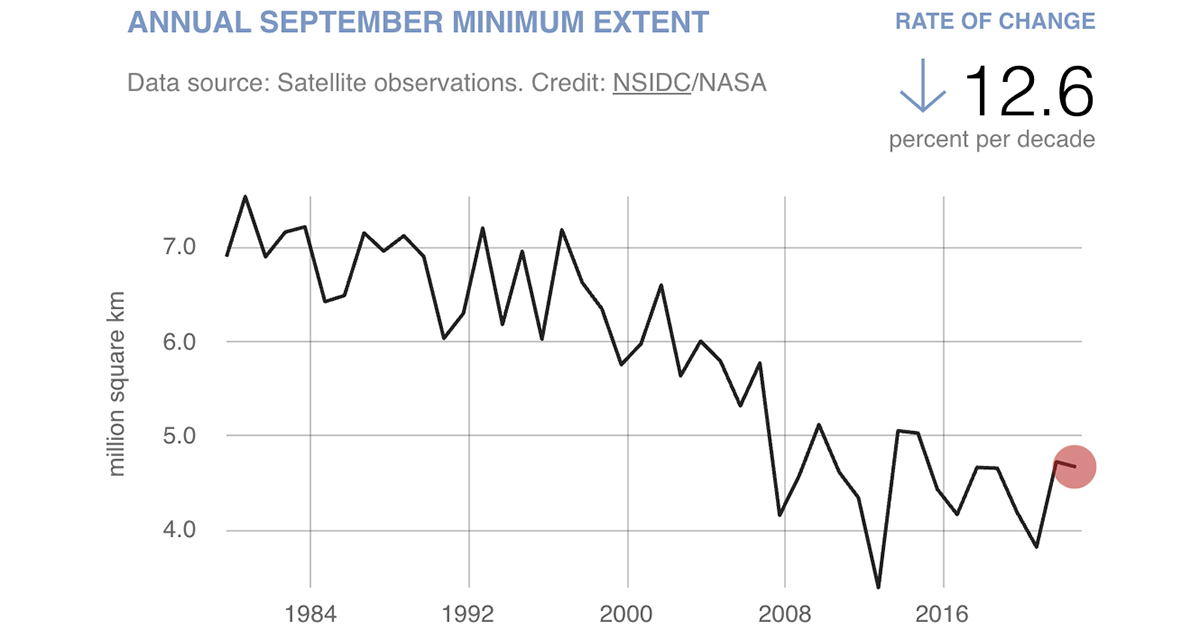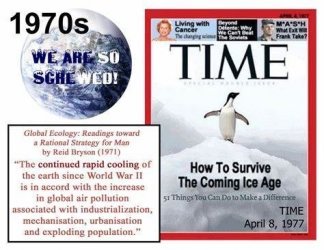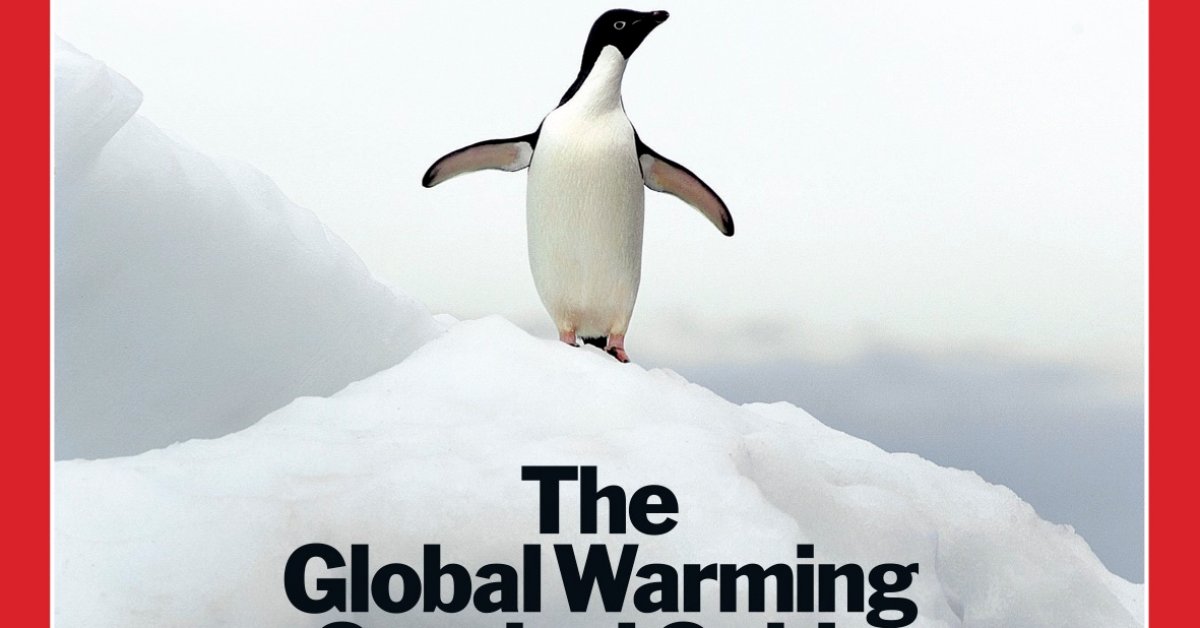Again you make clear you are a poor reader since it was based on an INTERVIEW in Germany, the link to it was in the article you didn't read.
And the deniers lied about the translation. That's kind of the point.
Now, let me give you a better translation of the speech.
---
Fundamentally, it is a big mistake to discuss climate politics separately from the big issues of globalization. The climate summit in Cancún at end of the month is not a climate conference, but one of the largest economic conferences since the Second World War. Why? Because we have 11,000 gigatons of carbon in the coal reserves under our feet – and we can only add 400 gigatons more to the atmosphere if we want to stay within the 2 °C target. 11,000 to 400 – we have to face the fact that a large part of the fossil reserves must remain in the ground.
De facto, this is the expropriation of the countries with these natural resources. This leads to an entirely different development than the one that has been initiated with development policy.
First of all, we as industrialized countries have quasi expropriated the atmosphere of the world community. But one must explicitly say: We de facto redistribute the world’s wealth due to climate politics. That the owners of coal and oil are not enthusiastic about this is obvious. One has to free oneself from the illusion that international climate politics is environmental politics. This has almost nothing to do any more with environmental politics, [as is was with] with problems such as deforestation or the ozone hole.
---
So, Mr. Edenhoffer said the _current environmental policies_ are a redistribution of wealth, allowing rich nations to dumb their trash on poor nations, instead of paying more to be responsible and not create the trash. He absolutely did not call for redistribution of wealth with climate policy. He was calling for an end to that redistribution of wealth.
Almost all deniers have peddling a lie about that for years now.
Up until now, you could use ignorance as an excuse concerning why you and Billy were pushing that fraud. You never read the speech. You only read the headline that your cult put on it, and as you always do, you instantly BELIEVED without looking further. After all, if you were skeptical, you wouldn't be deniers.
Now you can no longer use ignorance as an excuse. You know Mr. Edenhoffer did not call for wealth redistribution. Now you know the cult is ordering you to continue repeating a lie. I won't say that leaves you in a tough spot, because it doesn't. When the cult tells you to lie, you lie, period, no matter how crazy and dishonest it makes you look.
So, Mr. Edenhoffer said the _current environmental policies_ are a redistribution of wealth, allowing rich nations to dumb their trash on poor nations, instead of paying more to not create trash. He absolutely did not call for redistribution of wealth with climate policy.
He wants the rich countries to pay the poor countries.
He wants the rich countries to give the poor countries "clean energy", so they don't have to burn coal/oil.
How are these handouts not redistribution of wealth?





